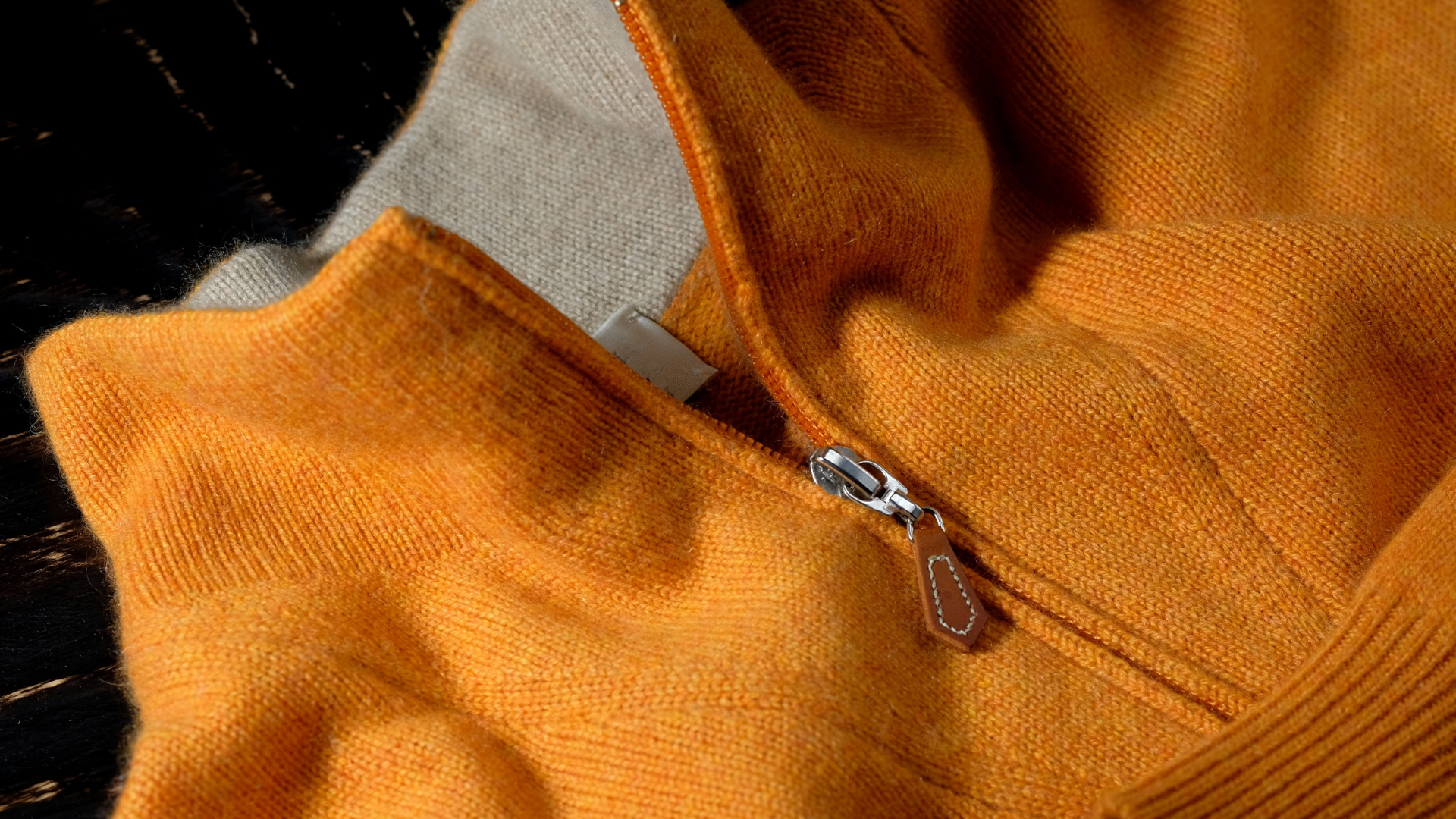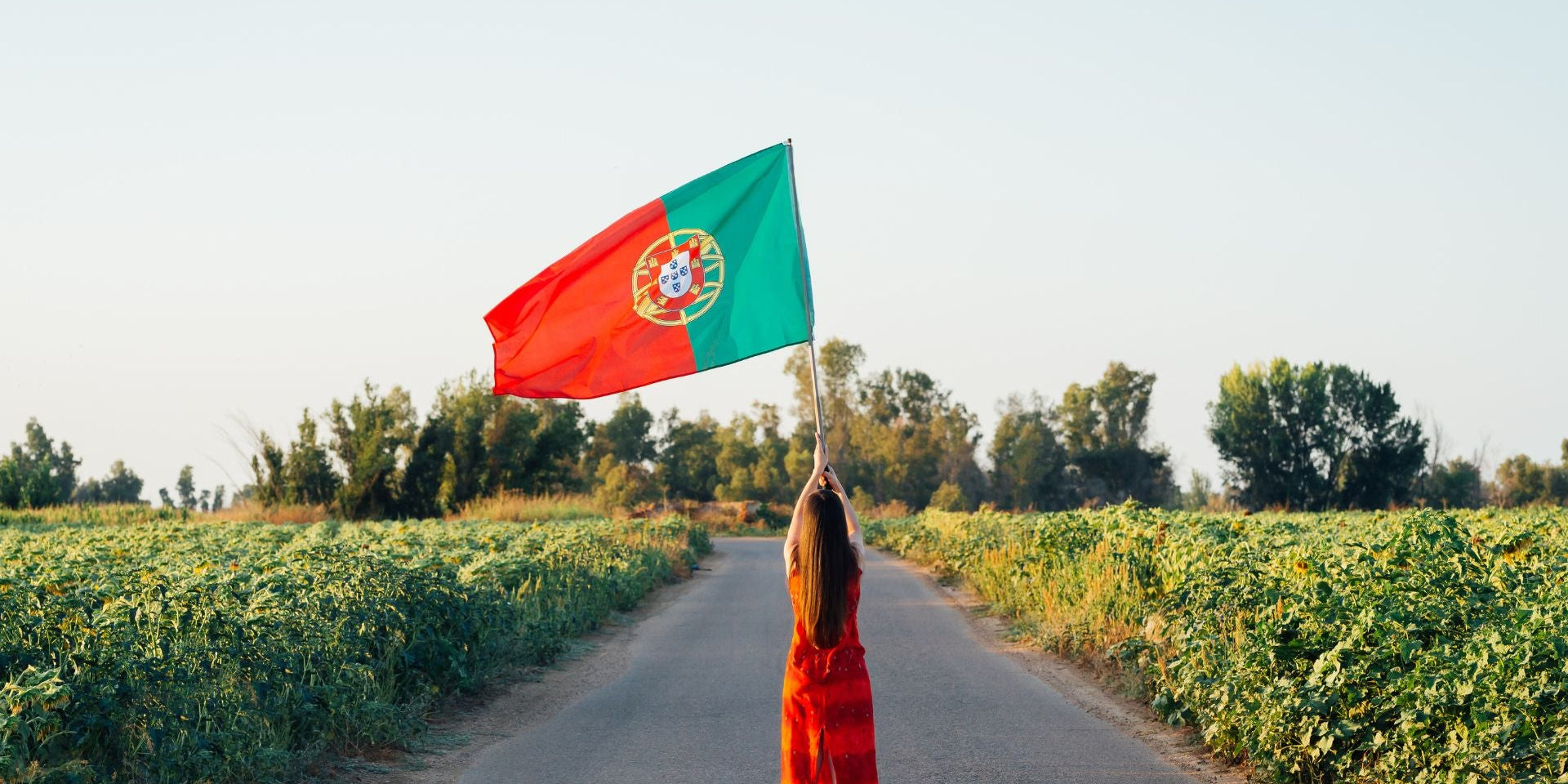What makes a textile perfect for a garment? Is it having the best quality? The best performance? The most comfort? What do we today as a society need to value more in a piece of clothing?
Responding to these kinds of questions is rarely straightforward, unlike a simple yes or no or “this or that” response. We know that fashion is a complex topic that opens a fan of possibilities, interpretations, opinions and more.
Should we stop using leather? Have we outgrown recycled textiles? Are fiber blends making the cut on our eco-friendly radar?
These are some of the questions that can be considered in discussions about sustainable fashion, which often present various viewpoints. Today, we want to explore the issue of fiber blends.
In today’s sustainability-driven market, the term 'blended fabric' often prompts mixed reactions from eco-conscious brands and consumers alike.
And it's not without reason—there are valid concerns that blended fabrics have a higher environmental impact compared to fully organic alternatives.
However, the other side of the coin shows thoughtfully designed blends can improve a product's durability, performance, and overall lifespan.
Where does that leave fiber-blends in the eco-friendly radar? Let's dive in.
Why Fiber Blends Are Still in Demand: 4 Industry-Backed Reasons
What keeps fiber blends in production?
Fiber blends are a popular option in textile production as they merge the advantageous characteristics of two or more different fibers, improving performance, longevity, and appearance.
Here are five main reasons why fiber blends are still commonly utilized and how they can lead to higher quality fabrics:
1. Enhanced Durability → When natural fibers like cotton or wool are strategically blended with synthetics, the resulting fabric holds its shape better, resists pilling, and withstands repeated washing far more effectively than pure natural fibers alone. This enhances durability, elasticity, and shape retention making garments easier to care for and extending their lifespan.
2. Reduced Maintenance→ Blended fabrics typically need less upkeep compared to 100% natural fibers, since their synthetic elements help reduce the risk of shrinking, stretching, and other common issues. This makes them not only more durable but easier to care for.
3. Optimized Performance and Comfort → Fiber blends can be perfect for activewear or all-day wear. For example, in a polyester-wool blend, the synthetic polyester delivers moisture-wicking, while the wool helps regulate temperature by maintaining warmth when needed and adding a soft, breathable layer for comfort.
4. Greater Accessibility to Sustainable Fashion → Let’s acknowledge an inconvenient truth: many fully organic, natural fabrics remain prohibitively expensive for the average consumer. Thoughtfully designed blends that incorporate small percentages of conventional fibers alongside sustainable materials can make sustainable-oriented fashion more accessible across different price points.
Certainly, this doesn't diminish the environmental effects of blends, particularly the release of microplastics during laundering, which directly contaminate the environment via wastewater.
According to EHN.org, an editorially independent newsrooms of Environmental Health Sciences, “Clothing made from blended fabrics like cotton and elastane is common and hard to recycle, leading to increased landfill waste. Pure natural fibers such as cotton, linen and wool are easier to recycle, though recycling facilities remain limited.”
The carbon footprint of various synthetic materials in mixtures should also be taken into account, as they are usually sourced from petroleum, which is a non-renewable resource that has a considerable environmental impact.
As these are valid concerns, another reality comes to the forefront: blended fabrics still hold a significant place in the textile landscape, largely due to their functional benefits, as we saw above.
Many brands still utilize these materials, motivated by their capacity to fulfill particular requirements.
For these companies, the focus is not on avoiding the promotion of blended items, but rather on finding a balance: showcasing how advancements in blends can enhance performance, while also being open about their effects and stressing their role in minimizing waste and encouraging durability.
Here are some suggestions for effectively conveying this message and emphasizing the worth of your products:
-
Be Specific About Performance Benefits
Instead of just saying "polyester blend," try: “This piece combines the natural softness of cotton with the durability of polyester, creating a garment that maintains its shape and color over time, extending its lifespan.”
-
Connect Technical Features to Real-Life Advantages
Rather than just claiming 'wool-synthetic blend', explain how this combination uses the fibers of wool to retain warmth, while the synthetic fibers contribute to the fabric's durability and maintain its shape, creating a long-lasting, high-performance fabric.
-
The Power of Transparent Storytelling
When you communicate transparently about your specific blended pieces and the reasoning behind them, you position your brand as one that makes thoughtful decisions balancing performance, durability, and environmental impact.
This approach allows you to:
-
Educate consumers about the complexities of textile sustainability
-
Highlight the longevity benefits of well-designed blends
-
Demonstrate your brand's commitment to intentional design
-
Create a deeper connection with customers who appreciate honesty
In today's market, consumers aren't just buying products—they're buying into the values and thinking behind them.
This is not an invitation to greenwash, but to be transparent about your options' advantages.
Consumers deserve to understand not just what fibers are in their clothes, but why those specific combinations were chosen and what trade-offs were considered.
Where does all we pointed out leaves fiber-blends in the eco-friendly radar?
Not having a 0 to 100 answer to that, it leaves it in the balance of efficiency, choices of each brand and the sight of each customer of what they consider being more accurate to their own values—if it is having a piece that's 100% organic (which you can also find in World Collective's marketplace) or having a piece that will endure more.
Our take?
While acknowledging that different approaches serve different contexts, prioritizing the research and development of eco-friendly solutions offers long-term benefits for both companies and the environment.
Progress requires continuous innovation across multiple avenues, for sure. But sustainability alternatives that meet key criteria—durability, cost-effectiveness, and efficiency—should become a central focus of industry research.
To achieve this, it's essential to understand the Modern Fashion Industry Ecosystem and address the gaps within the entire supply chain.
For fashion to develop effectively and sustainably, it is essential to involve and collaborate with our suppliers, understanding that a comprehensive approach to the supply chain is not just a choice, but a necessity.


